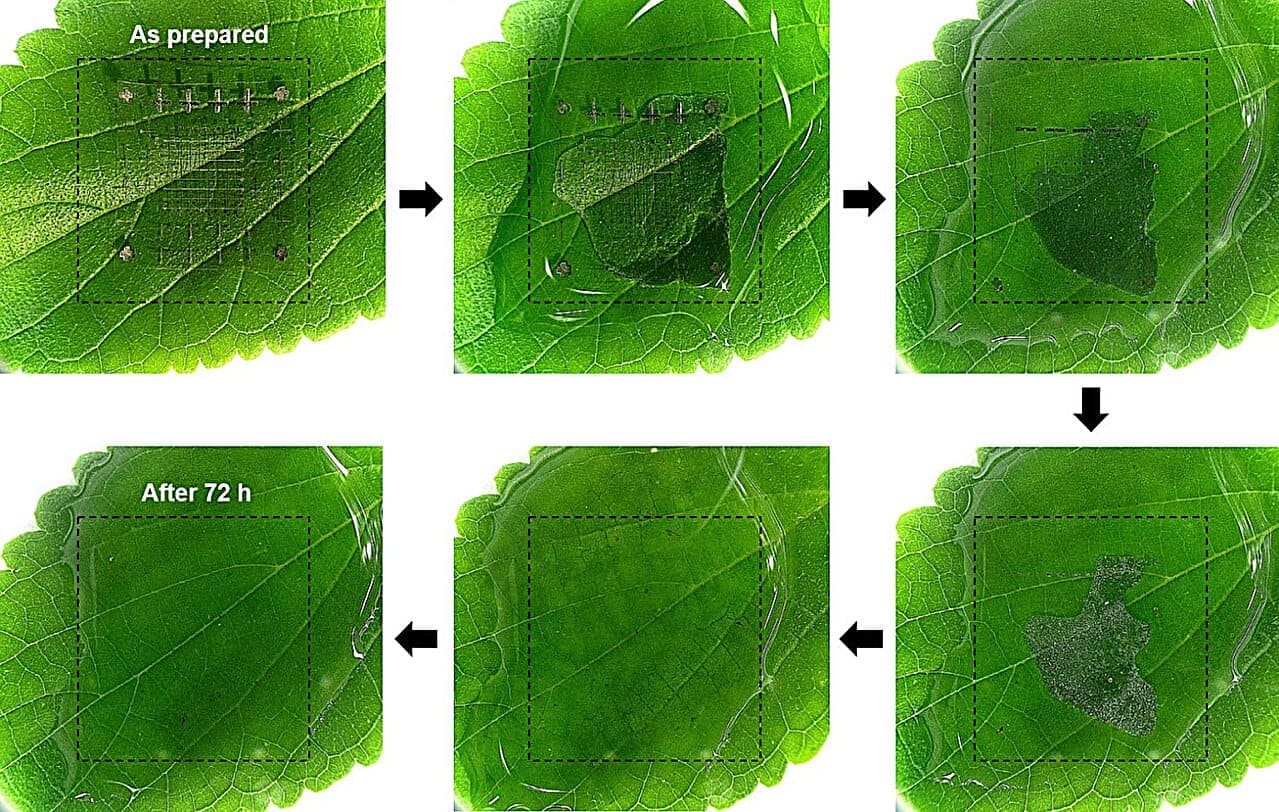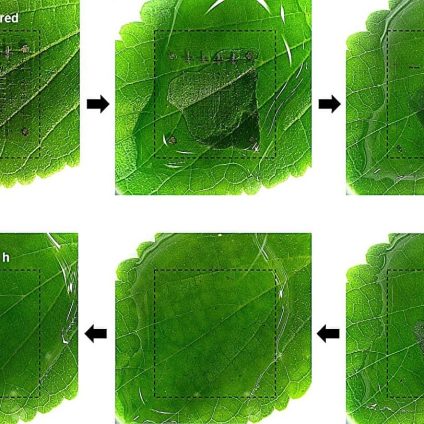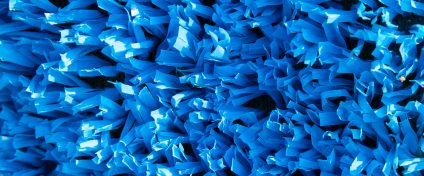A new organic memory that dissolves in water may help cut electronic waste. The breakthrough comes from Korea with the PCL-TEMPO polymer

More than 62 million tons of electronic waste are generated globally each year. This growing environmental issue is made worse by the spread of disposable devices, wearable patches, and implantable sensors. To address the challenge, a research team from the Korea Institute of Science and Technology (KIST) has developed a groundbreaking material that combines strong electronic performance with full biodegradability.
The result is an organic memory device that efficiently stores data and physically dissolves in water within days, helping to reduce electronic waste. The technology relies on a radical polymer called PCL-TEMPO, formed by combining TEMPO, an organic molecule capable of storing electrical signals, with poly(ε-caprolactone), a biodegradable polymer.
This structure allows the material to offer mechanical strength, optical transparency, and memristive properties (a memristor is an electrical component whose resistance depends on the history of current and retains memory even after power is removed), while also enabling physical self-destruction in water. Tests showed that devices made from this material can withstand over 250 write and erase cycles, retain data for more than 10,000 seconds, and endure over 3,000 bends without performance loss. These features make them ideal for biomedical or disposable electronics, significantly lowering their environmental impact.
Organic memory beats limits of biodegradable electronics
Until now, biodegradable electronic devices suffered from major limitations such as low storage capacity, unstable performance, and poor mechanical resilience. The PCL-TEMPO polymer overcomes these barriers by embedding memristive behavior directly into the molecular structure.
Lab tests demonstrated a clear distinction between ON and OFF states across more than one million switching cycles, with a resistance ratio greater than 10⁶ and signal retention even under repeated mechanical stress.
This opens the door to applications in healthcare, such as temporary implants that dissolve without surgery, disposable diagnostic tools, and biodegradable sensors for environmental monitoring. The device degrades under mild conditions, like deionized water at room temperature, and the rate can be controlled by adjusting the thickness and composition of the protective layer. No toxic residue is left behind. The polymer also proved to be biocompatible, with mouse fibroblast cell tests showing no toxicity, even at high concentrations.
The research team also created device versions using biodegradable substrates such as PLA and molybdenum electrodes, which also dissolve in water, completing a fully sustainable disassembly cycle.
Temporary electronics to tackle electronic waste
The adoption of transient electronics is one of the most promising strategies to reduce electronic waste. These devices are designed to dissolve after use, preventing the accumulation of complex materials that are hard to recycle. In this context, the work by KIST marks a turning point.
The PCL-TEMPO device is the first to combine high-performance organic memory with physical self-destruction, without requiring chemical agents or harsh environmental conditions. Compared to earlier biodegradable materials such as albumin, cellulose, or chitosan, the new polymer outperforms them in all key metrics, including stability, write cycles, data retention, and water degradation.
Potential applications range from diagnostic sensors to single-use surveillance systems, from biodegradable neural interfaces to supports for neuromorphic computing. The flexible, transparent architecture also makes the device suitable for biomedical, military, and environmental use cases.
A leap forward in sustainable electronics
This project goes beyond a single prototype. The Korean researchers are already exploring how to extend the technology to other polymers, such as polycarbonates and polypeptides, with added functions like light responsiveness or self-healing. The goal is to develop a new generation of smart, temporary electronics that merge efficiency with sustainability.
One of the polymer’s most valuable features is its ability to be selectively deactivated through encapsulation strategies, extending its lifespan in humid or physiological conditions. Even when used in high-humidity environments or inside the human body, the device maintains stable performance. Coatings such as PDMS (polydimethylsiloxane, a silicone-based polymer widely used in science, medicine, and electronics) help delay degradation and control it over time.
This also minimizes the risk of side effects such as toxic byproducts, keeping emissions well below critical thresholds. Integrating these technologies into short-lifecycle devices is key to cutting electronic waste and moving toward a truly sustainable electronics industry. It is a molecular-to-system revolution offering an innovative response to the global e-waste crisis.












